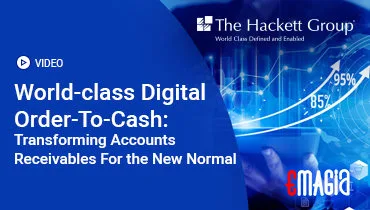In the intricate world of finance, understanding the “Accounting Method Record To Report” (R2R) process is paramount. This comprehensive guide delves deep into the nuances of accounting methods and the R2R process, offering insights into their significance, implementation, and best practices.
Understanding Accounting Methods
Accrual Accounting Method
Accrual accounting recognizes revenues and expenses when they are incurred, regardless of when cash transactions occur. This method provides a more accurate financial picture, aligning with the matching principle, which states that expenses should be recognized in the same period as the revenues they help generate.
Cash Accounting Method
Cash accounting records revenues and expenses only when cash is exchanged. This method is simpler and often used by small businesses, but it may not provide a complete view of financial health.
Hybrid Accounting Method
The hybrid method combines elements of both accrual and cash accounting. Businesses may use accrual accounting for inventory and cash accounting for other transactions, offering flexibility while maintaining compliance.
The Record To Report (R2R) Process
The R2R process encompasses the collection, processing, and delivery of financial data, enabling organizations to generate accurate financial reports. This process is crucial for strategic decision-making and regulatory compliance.
Key Steps in the R2R Process
- Data Collection and Validation: Gathering financial data from various sources and ensuring its accuracy.
- General Ledger Maintenance: Recording validated data into the general ledger.
- Account Reconciliation: Ensuring that all accounts are accurate and discrepancies are addressed.
- Financial Reporting: Generating financial statements and reports for stakeholders.
- Analysis and Review: Evaluating financial reports to inform strategic decisions.
Importance of Accounting Methods in R2R
The choice of accounting method directly impacts the R2R process:
- Accrual Accounting: Provides a comprehensive view of financial performance, essential for stakeholders.
- Cash Accounting: Simplifies cash flow tracking but may lack detailed insights.
- Hybrid Accounting: Offers flexibility, balancing simplicity and detail.
Best Practices for Implementing R2R
- Standardization: Establish uniform processes across the organization.
- Automation: Utilize software to streamline data collection and reporting.
- Continuous Improvement: Regularly assess and refine R2R processes.
How Emagia Enhances the R2R Process
Emagia offers advanced solutions to optimize the R2R process:
- Automation: Streamlines data collection and reporting.
- Analytics: Provides insights for strategic decision-making.
- Integration: Seamlessly connects with existing financial systems.
Frequently Asked Questions
What is the difference between accrual and cash accounting?
Accrual accounting records transactions when they occur, while cash accounting records them when cash is exchanged.
Why is the R2R process important?
R2R ensures accurate financial reporting, aiding in compliance and strategic planning.
Can small businesses use the R2R process?
Yes, adapting the R2R process can help small businesses maintain accurate financial records and support growth.
Understanding and effectively implementing the appropriate accounting method and R2R process is vital for accurate financial reporting and strategic decision-making. Leveraging tools like Emagia can further enhance these processes, driving efficiency and compliance.



